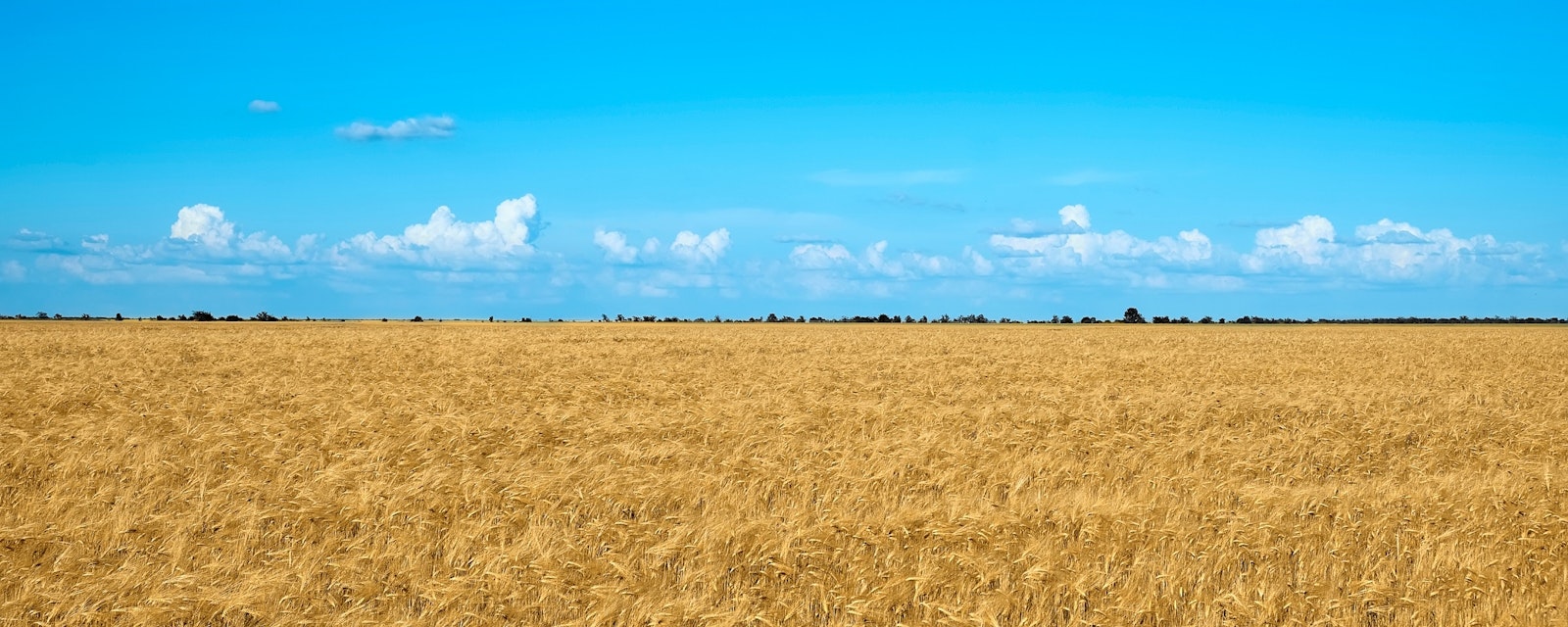Recent explosions in Crimea symbolize a new stage of the war characterized by Ukraine’s strikes on Russian targets well beyond the frontline, and an increased focus on southern Ukraine. Kyiv is still reportedly preparing for the consequential counteroffensive in Kherson, although the details remain unclear. Moscow likely hopes that mounting economic and political challenges in the West during the autumn and winter months will provide opportunities to advance its objectives in Ukraine.
Around a dozen large explosions on 9 August at the Russian airbase in Novofedorivka in Crimea led to at least 14 casualties according to official information from Russia. While both Moscow and Kyiv deny Ukraine’s involvement, the official version that a series of massive blasts were caused by fire safety violations leaves a lot of room for doubt.
A confirmation of Ukraine’s involvement in the Crimea explosions would showcase Kyiv’s newfound capability to successfully target Russian infrastructure more than 200 kilometers away from the frontline. This would pose danger to multiple Russian military establishments across the frontline and could further hinder its offensive potential. It would also mark the first major Ukrainian attack on Crimea, which Russia considers its sovereign territory.
More generally, the explosions in Crimea encapsulate some of the key features of what now could be seen as the third stage of the war (the first stage being Russia’s attempted “blitzkrieg” to take over Kyiv and the second stage being the battle of Donbas which resulted in the occupation of the Luhansk region.) Features of the third stage of the war include: (1) multiple Ukrainian strikes against Russian military depots well beyond the frontline and (2) a shift of the military focus towards southern Ukraine, where Ukraine has been reportedly preparing for a counterattack.
The Importance of Counteroffensive in the South
A timely and successful counteroffensive in the south would be extremely important for Ukraine from an economic and political standpoint. The Kherson and Zaporizhzhia regions are rich in fertile agricultural land, hold major power plants, and provide access to the Black Sea, which is crucial for Ukraine’s exports. Kyiv’s demonstrated ability to reclaim territory with advanced Western weapons would calcify the Zelensky administration’s objective of liberating all territories occupied by Russia after 24 February and boost public morale during the difficult winter months ahead. According to an opinion poll conducted by Kyiv International Institute of Sociology in July, 84% of citizens consider territorial concessions to Russia unacceptable.
For Russia, the loss of the newly occupied territories in the south would deny access to Crimea via land and could disrupt plans to annex the Kherson and Zaporizhzhia regions by organizing fake referendums, provisionally scheduled for September. The inability to maintain the occupied territories could also trigger a domestic political backlash against the so-called special military operation in Russia.
Finally, a successful offensive could reveal Russian war crimes in the previously occupied territories, reinforcing moral outrage in the West, especially since "war fatigue" has been setting in over the summer. This could reinforce calls for new sanctions and put foreign businesses still operating in Russia in the spotlight.
However, while Ukraine’s political leadership has been openly telegraphing its intentions to counterattack in the south for several weeks now, the timeline, scope, or any other details of the potential offensive remain unclear. Still, the very threat of such a counteroffensive has already prompted Russia to reinforce its defensive positions in the south by redeploying some of the troops from Donbas. This has allowed Ukraine to take over some initiative in the war.
Moscow Counts on Patience
Despite limited territorial gains and eroding military potential, there are no signs that the Kremlin would be seeking to halt its offensive or seriously consider ceasefire talks. Anything less than an occupation of the entire Donbas region would be perceived as a loss in Russia. At the same time, the domestic environment also appears conducive to the continuation of the war. The Kremlin managed to suppress all political or public opposition to the war while mounting economic challenges have not triggered any notable public discontent so far. A recent opinion poll by the Levada Center – if to be trusted – shows stable public support (76%) for Russia’s actions in Ukraine. The upcoming local elections in several regions, including Moscow, on 11 September might offer some additional insights into the public sentiment across Russia.
Given the stalemate on the ground, Russia’s calculus now likely hinges on an assumption that multiple economic and political challenges will push the war in Ukraine down the priority list in the West during the autumn and winter months. Given Ukraine’s extreme dependence on external military and macro-financial support – as well as the gradual destruction of the country’s economic potential – this could potentially open a window of opportunity for Moscow to advance its objectives either militarily or diplomatically.




